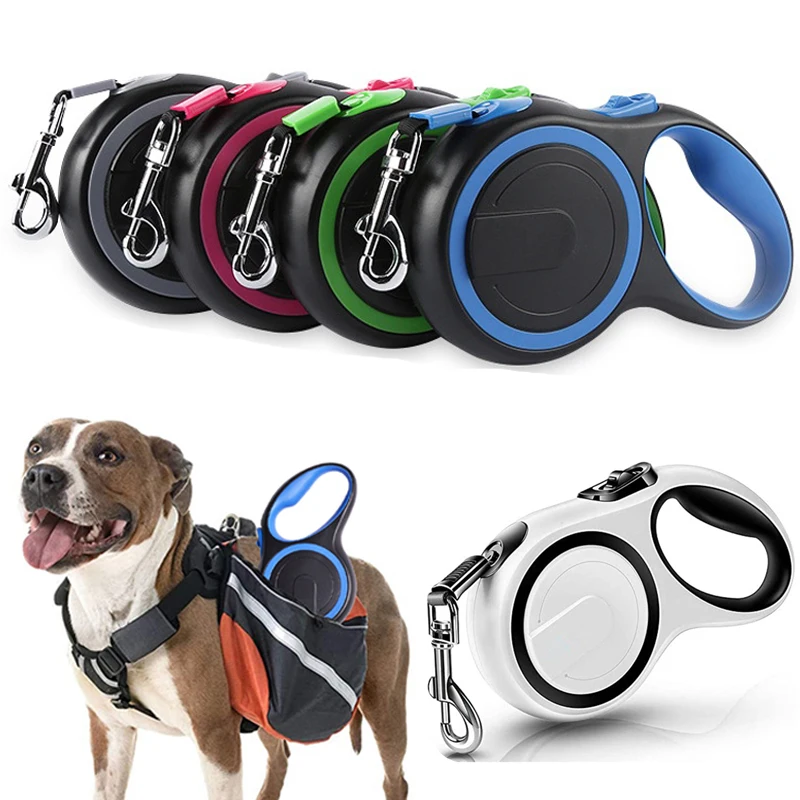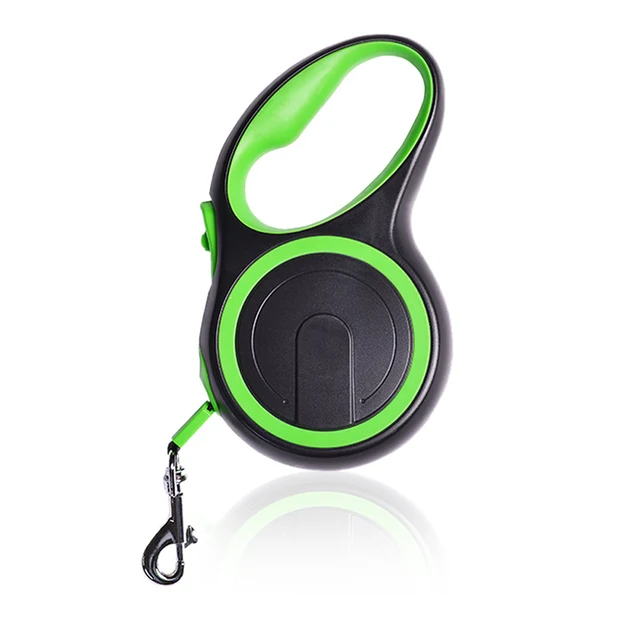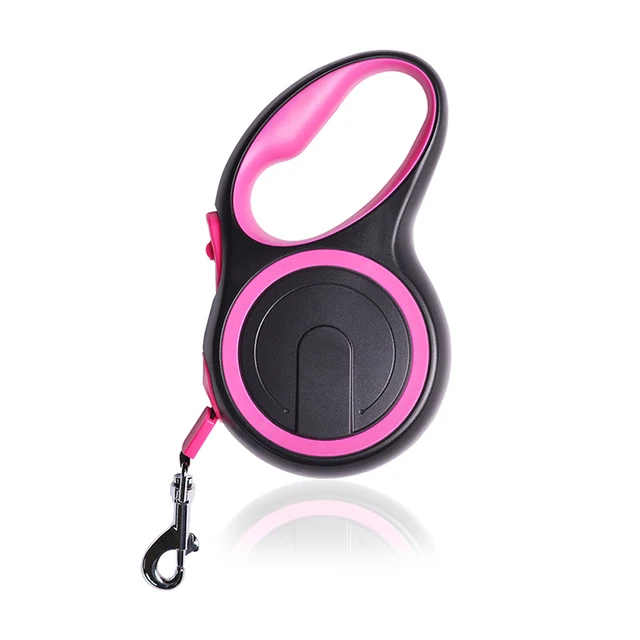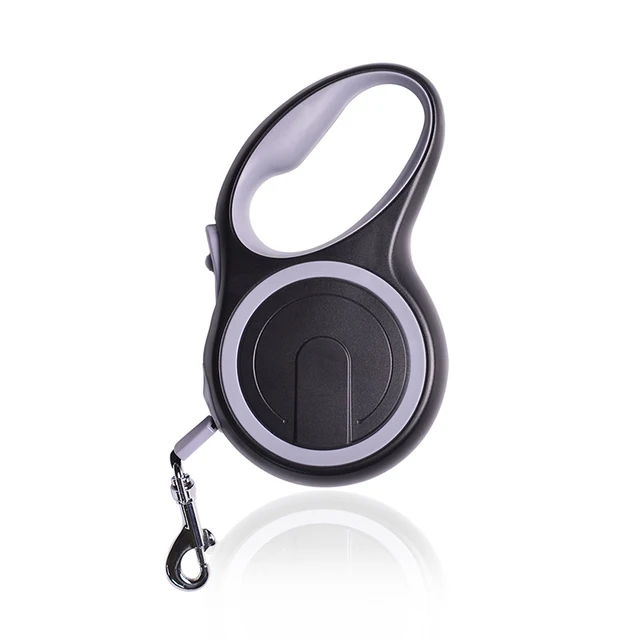Choosing the right walking gear for your pet is crucial for their safety, comfort, and training. With various options available, it can be challenging to decide whether a leash or a lead is the best choice for you and your furry friend. This comprehensive guide explores the differences between leashes and leads, their respective benefits, and how to select the right one for your pet’s needs.
What is a Leash?
Definition and Purpose
A leash is a short, sturdy strap or cord that attaches to a pet’s collar or harness and allows you to control their movement during walks. Typically ranging from 4 to 6 feet in length, leashes are designed for walking pets in a variety of environments, from urban streets to parks. They provide a direct connection between the handler and the pet, ensuring that you can maintain control while allowing the pet some freedom to explore. Leashes are essential for training, safety, and managing your pet’s behavior in public spaces.
Types of Leashes
There are several types of leashes available, each suited for different purposes:
- Standard Leash: Often made of nylon or leather, a standard leash is a basic, everyday option that provides reliable control. These leashes are typically 4 to 6 feet long and are ideal for general walking and training.
- Retractable Leash: Equipped with a spring-loaded mechanism, retractable leashes can extend up to 16 feet or more. They offer greater freedom for the pet but can be challenging to control in busy or unpredictable environments.
- Adjustable Leash: These leashes feature a mechanism that allows you to adjust the length, providing flexibility for various walking scenarios. Adjustable leashes are useful for training and adapting to different walking conditions.
What is a Lead?
Definition and Purpose
A lead is generally longer than a leash and is often used for specific activities such as training, hiking, or managing large or strong dogs. Leads can range from 6 feet to 30 feet or more and are designed to give the handler more control over the pet’s movement at a distance. They are typically used in situations where greater freedom is needed, but control must be maintained, such as in open spaces or during recall training.

Types of Leads
Leads come in various styles, each tailored to specific activities or needs:
- Training Lead: Made from durable materials like leather or heavy-duty nylon, training leads are often 15 to 30 feet long. They are used to teach commands and recall, providing a balance between freedom and control.
- Long Line Lead: This type of lead is even longer, often exceeding 30 feet. It is useful for activities like agility training or for dogs that need to practice off-leash behavior in a controlled environment.
- Multi-Use Lead: Designed to be versatile, multi-use leads can be adjusted to different lengths and configurations. They are ideal for various training scenarios and can be converted into a hands-free option if needed.
Leashes vs. Leads: Key Differences
Length and Control
One of the primary differences between leashes and leads is their length. Leashes are typically shorter, offering closer control and a more immediate connection with your pet. This is ideal for city walks, tight spaces, or when precise control is necessary. Leads, being longer, provide more freedom for the pet to explore while still allowing the handler to maintain some control. They are better suited for open areas where you want your pet to roam but still need to manage their movement.
Usage Scenarios
Leashes are best for everyday walks, training, and situations where close control is needed. They are versatile and easy to use in various environments, from urban settings to parks. Leads are more specialized, often used for training purposes, hiking, or managing large breeds. Their length allows for more flexibility in open spaces, making them suitable for activities where the pet requires more freedom but still needs to be under control.
Safety Considerations
Safety is a crucial factor when choosing between a leash and a lead. Leashes offer immediate control and are less likely to become tangled, making them safer for city walks and crowded areas. Retractable leashes, while providing more freedom, can pose risks if not used carefully, as they may extend too far and become tangled or cause accidents. Leads, especially long ones, can potentially pose risks of tangling or getting caught, so they are best used in open, controlled environments.
Choosing the Right Option for Your Pet
Assessing Your Pet’s Needs
When deciding between a leash and a lead, consider your pet’s specific needs and behavior. For everyday walks, training, and urban environments, a standard leash is typically sufficient. If your pet requires more freedom or if you are working on recall training, a lead might be a better choice. Evaluate your pet’s size, energy level, and training needs to determine which option will provide the best balance of control and freedom.
Considering Your Walking Environment
The environment in which you walk your pet plays a significant role in choosing the appropriate gear. In crowded or urban areas, a standard leash provides closer control and minimizes the risk of accidents. For hiking, open spaces, or training in large areas, a lead offers the flexibility needed for various activities. Assess your typical walking routes and environments to ensure that your chosen gear meets your needs effectively.
Evaluating Quality and Durability
Quality and durability are essential factors when selecting a leash or lead. Look for well-made products from reputable brands that use high-quality materials. Nylon and leather are popular choices for their durability and comfort. Ensure that the hardware, such as clips and buckles, are robust and reliable. Investing in high-quality gear will ensure safety and longevity, providing you with peace of mind during walks and training sessions.

Training with Leashes and Leads
Using a Leash for Basic Training
Leashes are commonly used for basic training, including teaching commands like “sit,” “stay,” and “heel.” They provide close control and allow for immediate correction if needed. Begin with short training sessions, gradually increasing the duration as your pet becomes more accustomed to following commands. Consistent use of a leash during training helps reinforce positive behavior and strengthens the bond between you and your pet.
Using a Lead for Advanced Training
Leads are ideal for advanced training, such as recall exercises and distance commands. The longer length allows your pet to practice off-leash behavior while still being under your control. Use a lead to gradually increase the distance between you and your pet during recall training, rewarding them for coming back when called. Ensure that the lead is long enough to give your pet freedom but manageable enough for you to maintain control.
Common Challenges and Solutions
Managing Tangles and Snags
One common challenge with leads is managing tangles and snags, especially in dense vegetation or crowded areas. To minimize tangling, keep the lead or leash organized and avoid letting it drag on the ground. When using a long lead, be mindful of obstacles and clear the area of potential hazards. If tangling occurs, calmly and gently untangle the lead to avoid stressing your pet.
Addressing Pulling and Resistance
Pulling and resistance can be issues with both leashes and leads. If your pet pulls on the leash, consider using a no-pull harness or a head halter to help manage their behavior. For leads, work on teaching loose-leash walking techniques and rewarding your pet for walking calmly. Consistent training and positive reinforcement will help address these issues and improve your walking experience.
Maintenance and Care
Caring for Leashes
To ensure the longevity of your leash, clean it regularly and inspect it for signs of wear or damage. Nylon leashes can be washed with mild soap and water, while leather leashes may require conditioning to maintain suppleness. Store your leash in a dry, cool place to prevent deterioration. Regular maintenance helps keep your leash in good condition and ensures its effectiveness during walks.
Caring for Leads
Leads, particularly long ones, require proper care to prevent wear and tear. Clean them according to the material—nylon leads can be washed similarly to leashes, while leather leads should be conditioned. Check for fraying or damage and replace any worn or broken parts promptly. Proper storage and maintenance will extend the life of your lead and keep it functioning well for your training needs.

Conclusion
Choosing between a leash and a lead depends on various factors, including your pet’s needs, your walking environment, and the specific activities you engage in. Leashes provide close control and are ideal for everyday walks and training, while leads offer more freedom and are suitable for advanced training and open spaces. By understanding the differences and considering your specific requirements, you can select the best option to ensure safe, enjoyable walks and effective training sessions for your pet.










